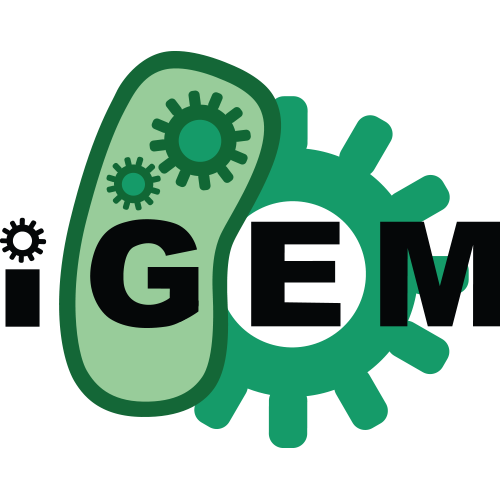Source:
Generated By: https://synbiohub.org/public/igem/igem2sbol/1
Created by: Aline Larissa Gon??alves
Date created: 2016-10-17 11:00:00
Date modified: 2016-10-18 05:51:36
Operon Lux C,E and D with an aldehyde decarbonylase
| Types | DnaRegion |
| Roles | engineered_region Composite |
| Sequences | BBa_K2149017_sequence (Version 1) |
Description
The operon Lux formed by the genes C, E and D are components of a fatty acid reductase system with reductase, synthetase and transferase activities, respectively. Using fatty acids as a substrate for alkanes biosynthesis, the Lux D gene provides a fatty acid substrate for the fatty acyl synthetase LuxE, that act cleaving activated fatty acids. The fatty acyl reductase subunit (LuxC) then uses the product of the LuxE to produce a fatty aldehyde, an aldehyde with a "fatty" aliphatic carbon chain attached that is typically eight carbon or more in length.After the production of fatty aldehyde occurs the action of the aldehyde decarbonylase, that catalyzes the conversion of fatty aldehydes to alkanes by the retirade of the aliphatic carbon chain.
Notes
This construction has a RBS before each gene (Lux C, Lux E and Lux D) and a UTR sequence before the gene that encodes an aldehyde decarbonylase.Source
The sequences of operon Lux C, E and D was taken from Photorhabdus luminescens as describe by the work of Dr. Howard and collaborators called "Synthesis of customized petroleum-replica fuel molecules by targeted modification of free fatty acid pools in Escherichia coli".The gene of the aldehyde decarbonylase was taken from Synechococcus elongatus, a unicellular cyanobacterium and add after the genes of operon Lux.
| Sequence Annotation | Location | Component / Role(s) |
| B0034 LuxC B0034 LuxE B0034 LuxD Aldehyde decarbonylase | 1,12 13,1455 1482,1495 1496,2607 2637,2649 2649,3572 3662,4358 | ribosome_entry_site feature/rbs CDS feature/cds feature/rbs ribosome_entry_site CDS feature/cds feature/rbs ribosome_entry_site feature/cds CDS CDS feature/cds |
